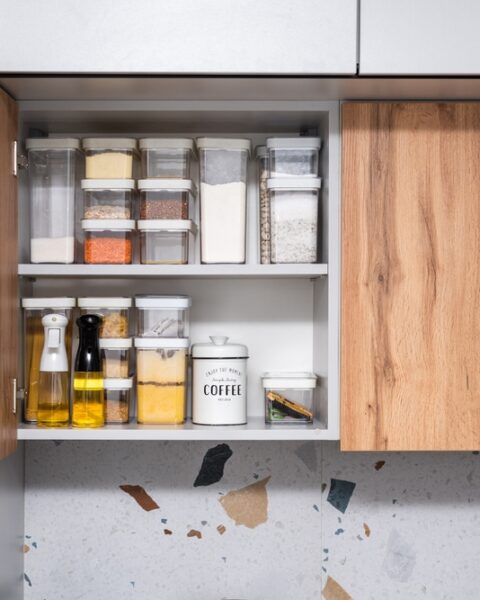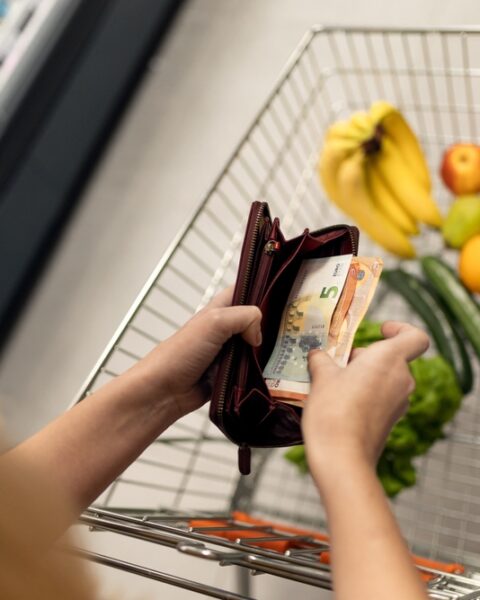Eco-friendly meal planning isn’t just good for the planet—it’s a great way to save time and money in the kitchen. By making a few mindful choices, you can create delicious meals that reduce waste, cut down on grocery costs, and make use of seasonal ingredients. Eco-friendly habits are not only achievable but can also make cooking feel easier and more enjoyable.
Contents
- 1 Plan Meals Around Seasonal Produce
- 2 Buy in Bulk to Reduce Packaging Waste
- 3 Make a Weekly Meal Plan
- 4 Use Leftovers Creatively
- 5 Prioritize Plant-Based Meals
- 6 Prepare Meals in Batches
- 7 Use Reusable Storage Containers
- 8 Grow Your Own Herbs
- 9 Make Use of Your Freezer
- 10 Choose Recipes with Minimal Ingredient
- 11 Buy Local Whenever Possible
- 12 Embrace a “Meatless Monday”
- 13 Use Your Cooking Scraps
- 14 Stick to Your Grocery List
- 15 Compost Food Scraps
- 16 More From RetailShout
- 17 Top 11 Weight-Loss-Friendly Frozen Foods at Costco
- 18 12 International Foods You Must Buy at Aldi
Plan Meals Around Seasonal Produce

Choosing seasonal fruits and vegetables is more eco-friendly since they don’t require as much energy for transport and storage. Local, seasonal produce is usually fresher and less expensive, as it’s readily available at markets or grocery stores. Check a seasonal produce calendar for your area to guide your meal planning choices. Seasonal foods are often at their peak in flavor and nutritional value, adding both taste and health benefits to your meals. Planning around these items reduces your environmental footprint while supporting local farmers.
Buy in Bulk to Reduce Packaging Waste
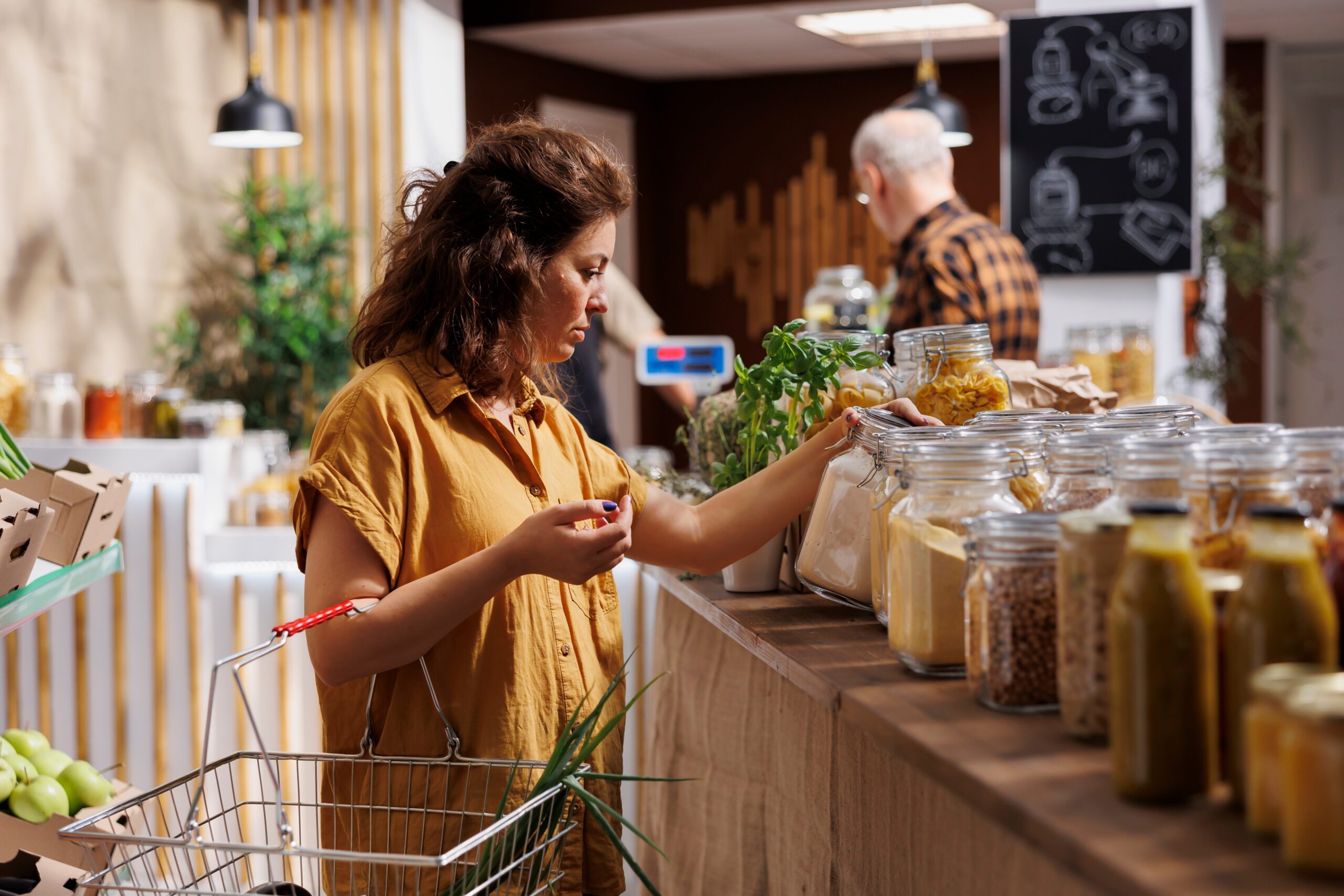
Purchasing ingredients in bulk reduces the amount of packaging waste and can save money, especially on staples like rice, beans, and pasta. Bring reusable containers to stores with bulk bins to eliminate single-use plastic bags. Bulk buying also means fewer trips to the store, helping to save gas and reduce emissions. By only buying what you need, you minimize food waste and make your grocery shopping more efficient. Bulk sections often offer discounts, allowing you to save while supporting eco-friendly practices.
Make a Weekly Meal Plan
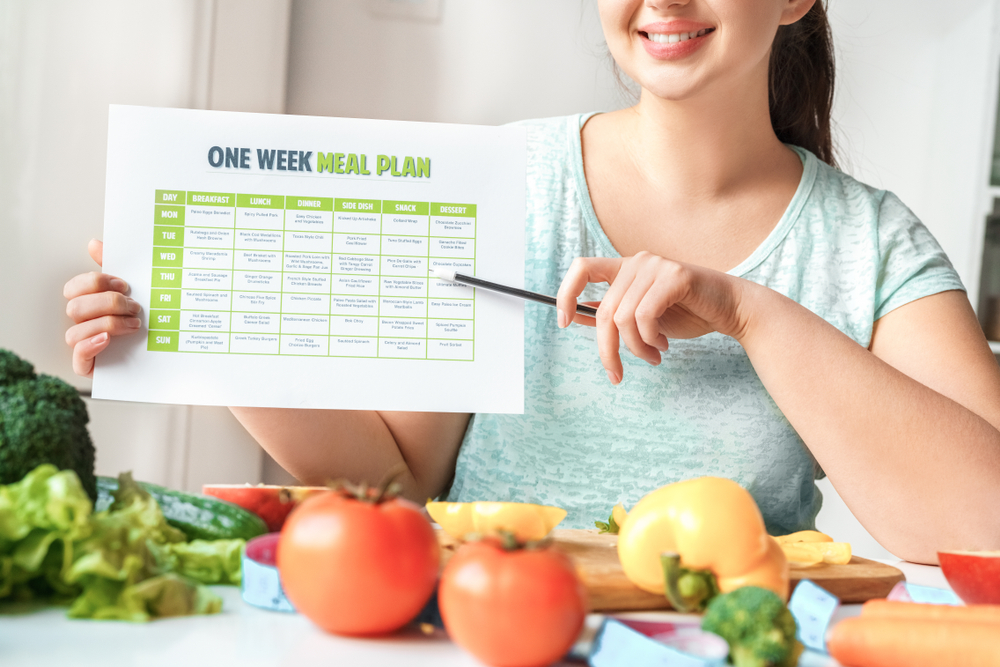
Setting a weekly meal plan helps streamline your shopping list, minimizing impulse purchases that might go to waste. Planning meals in advance reduces the chance of overbuying ingredients that may spoil before use. A meal plan lets you strategically use leftovers and plan meals that share similar ingredients, saving time on preparation. By sticking to your plan, you’ll have a clear idea of what to prepare each day, which can help avoid last-minute fast-food runs. This strategy not only helps the environment but also keeps your grocery bill under control.
Use Leftovers Creatively
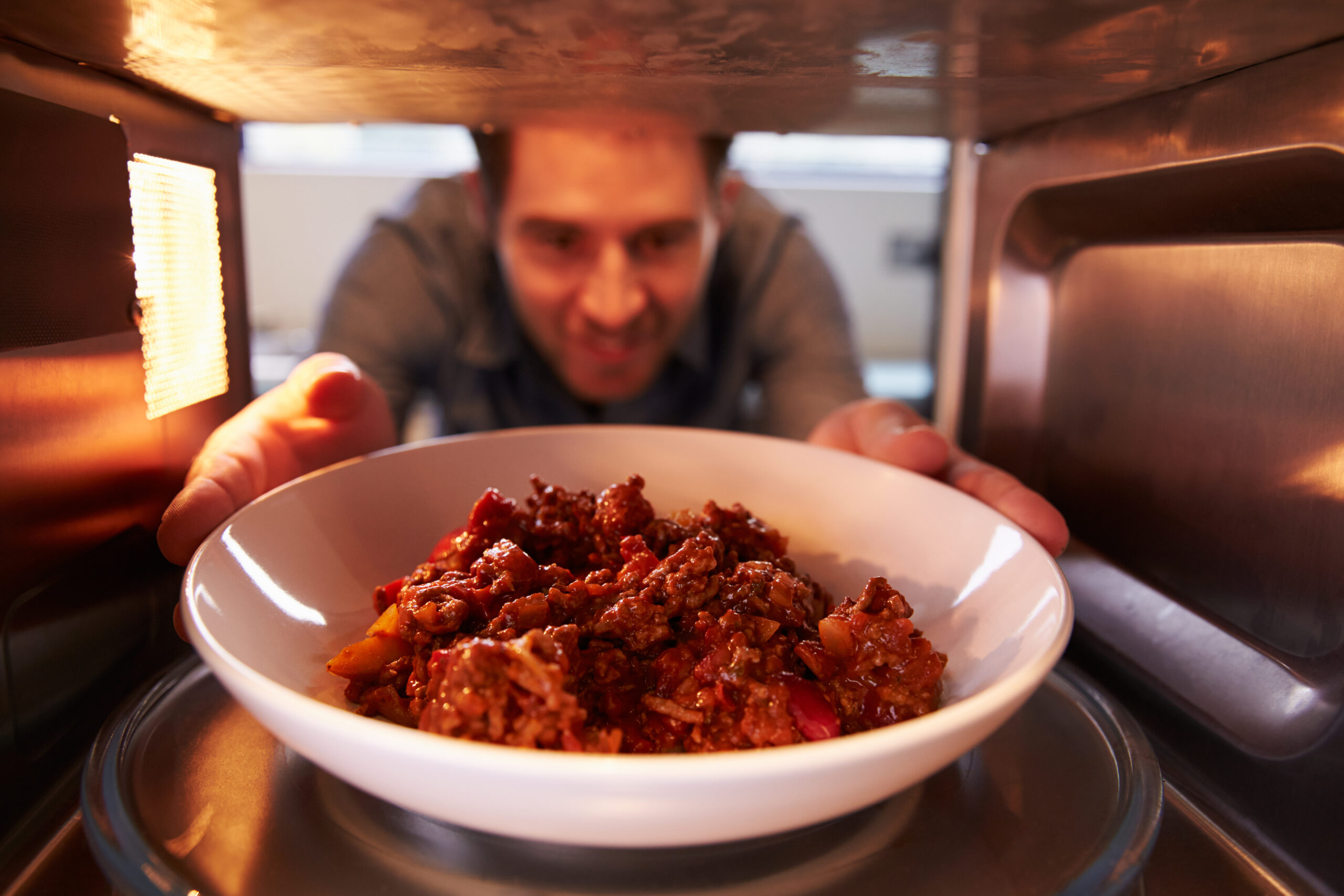
Instead of discarding leftovers, incorporate them into new dishes to reduce food waste. Leftover vegetables can go into soups, stews, or stir-fries, while extra grains like rice or quinoa work well in salads. Get creative with unused ingredients and consider making a “leftover night” once a week to use up food in your fridge. By repurposing leftovers, you’re maximizing the use of what you already have, which reduces the need to buy more. This habit is both eco-friendly and budget-conscious.
Prioritize Plant-Based Meals
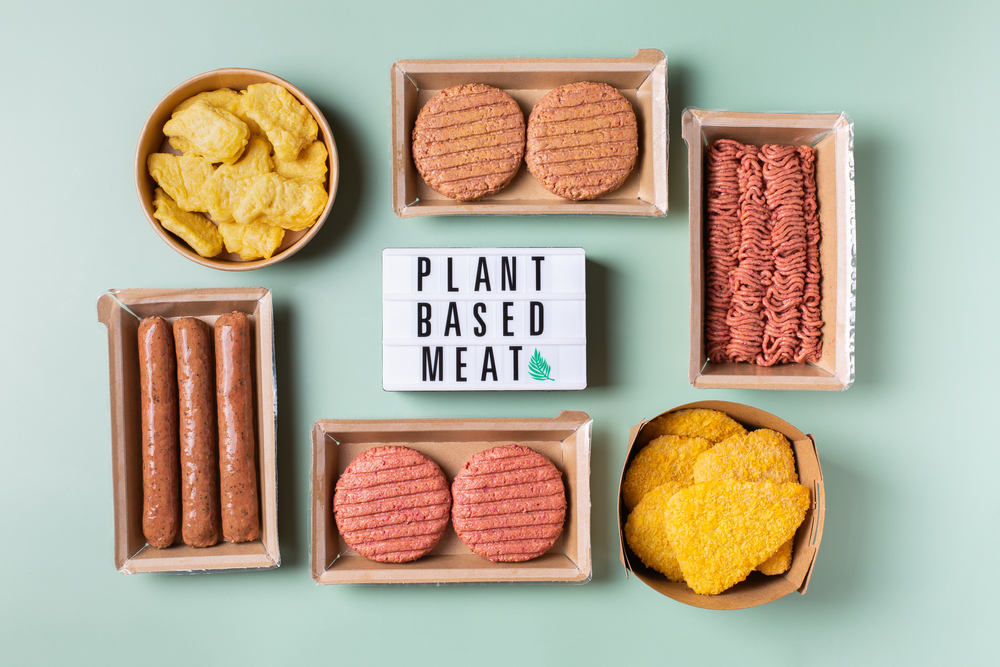
Incorporating more plant-based meals into your plan reduces reliance on resource-heavy animal products. Growing plants uses less water, land, and energy than raising livestock, making plant-based diets more sustainable. You don’t have to go fully vegetarian—just replacing a few meals each week with plant-based options can make a difference. Try recipes with legumes, grains, and seasonal vegetables to build nutritious, affordable meals. This shift not only benefits the planet but can also be kinder on your wallet.
Prepare Meals in Batches
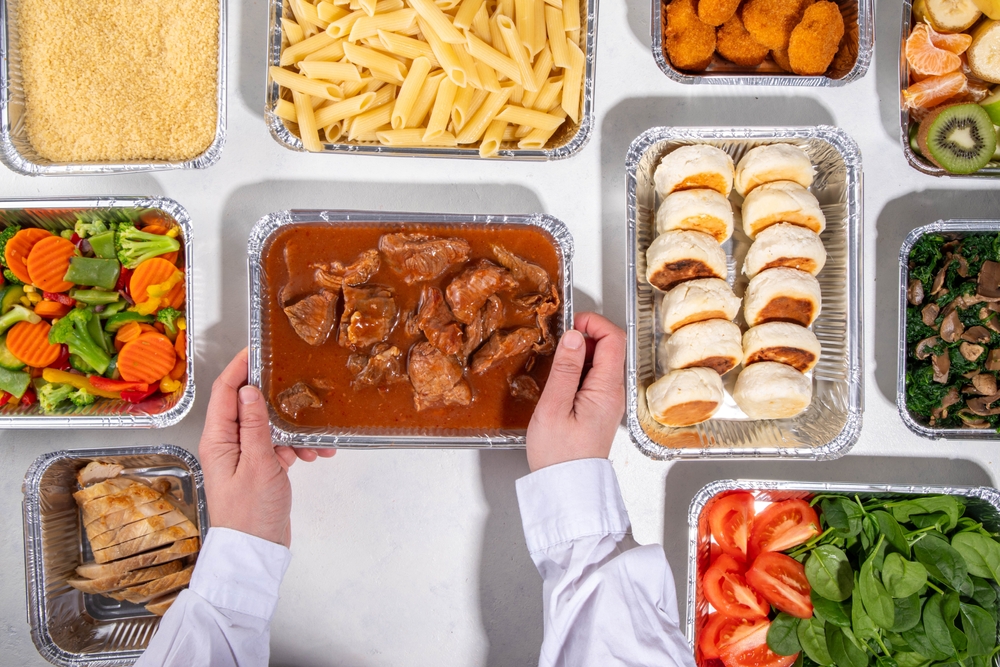
Batch cooking saves time, energy, and money by making multiple servings of a meal at once. Preparing meals in bulk reduces the need to cook every day, which saves energy from fewer uses of the stove or oven. You can store portions in the freezer for quick, ready-made meals during busy weeks. Batch cooking is perfect for stews, soups, casseroles, and even breakfast items like muffins or oatmeal cups. By planning ahead, you reduce the likelihood of resorting to takeout, which can be costly and less eco-friendly.
Use Reusable Storage Containers
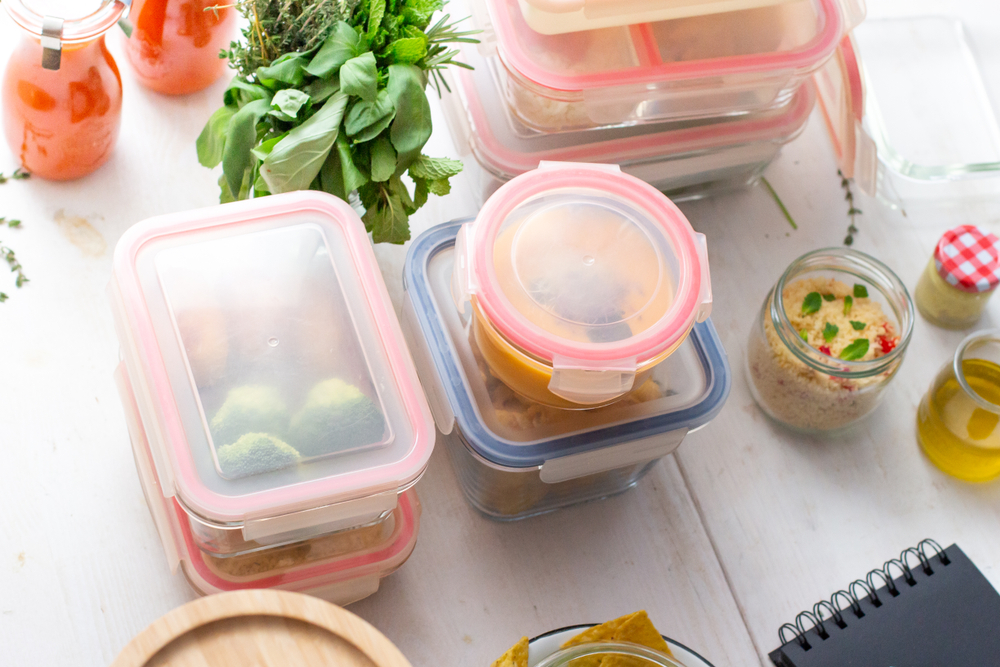
Instead of single-use plastic bags or wrap, opt for reusable containers to store leftovers and prepped ingredients. Glass or stainless steel containers are durable, dishwasher safe, and reduce plastic waste. By using reusable containers, you keep food fresh without relying on disposable packaging, which often ends up in landfills. Many reusable containers are freezer-safe, allowing you to store meals for longer periods. This investment in quality containers pays off over time and aligns with sustainable living goals.
Grow Your Own Herbs
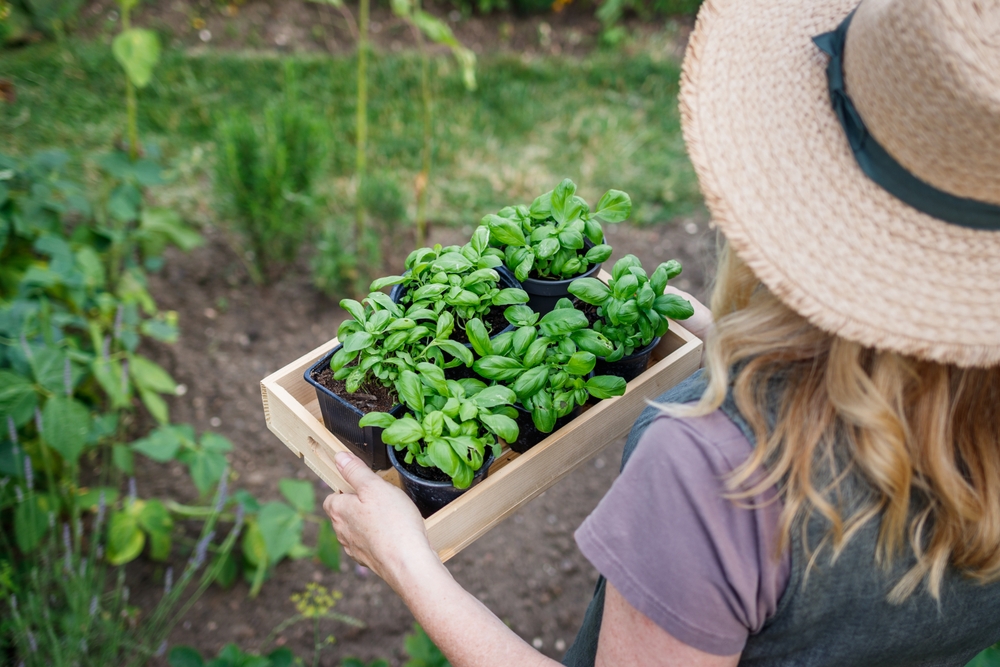
Growing herbs like basil, mint, and parsley at home reduces the need to buy plastic-packaged herbs from the store. Herbs can be grown indoors or on a balcony, taking up little space while providing fresh flavor for your meals. You’ll save money and reduce waste by picking only what you need, preventing the rest from wilting in your fridge. Homegrown herbs also ensure you have pesticide-free ingredients for cooking, promoting both health and sustainability. This small change can make your cooking more eco-friendly with minimal effort.
Make Use of Your Freezer
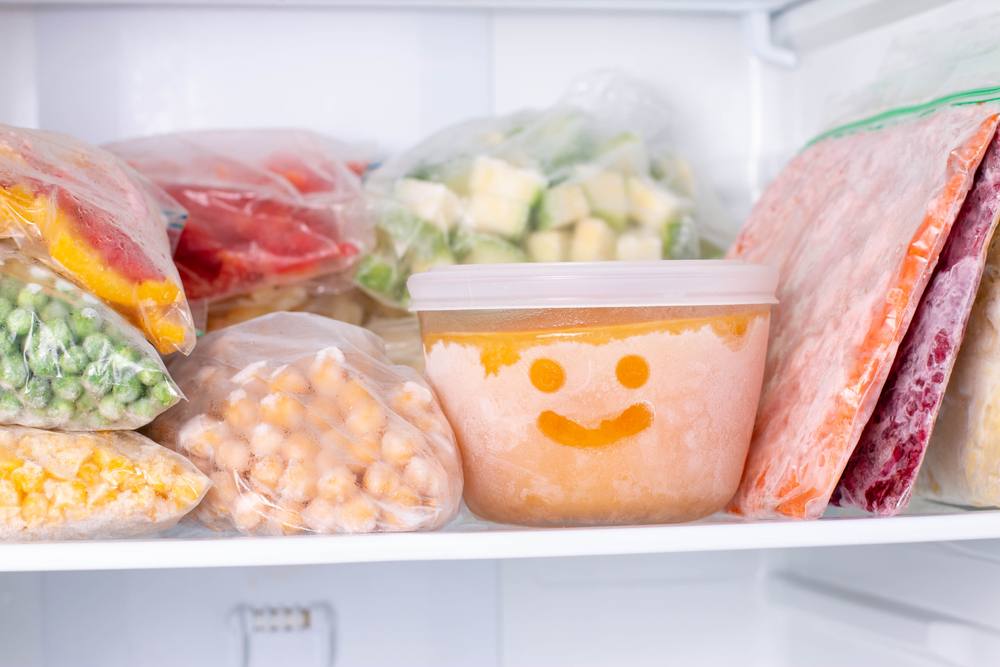
Freezing leftovers, fruits, and vegetables can help preserve food that might otherwise spoil. When you buy in bulk or find items on sale, freezing portions prevents waste and ensures you have ingredients ready for future meals. Freezing extenImageds the life of your food, allowing you to shop less frequently and avoid unnecessary trips to the store. Pre-cut vegetables or meal components can be stored in the freezer, saving time during busy cooking days. This tip keeps both your budget and waste in check.
Choose Recipes with Minimal Ingredient

Recipes that call for fewer ingredients are typically easier to prepare and produce less waste. Simple meals using seasonal, versatile ingredients mean you’ll need fewer items in your pantry and fridge. Fewer ingredients also reduce the chances of something going bad before you can use it all, cutting down on food waste. Minimalist recipes often use common ingredients that can be adapted to various dishes, offering flexibility in meal planning. This strategy saves money and helps avoid excess, making it both eco-friendly and convenient.
Buy Local Whenever Possible
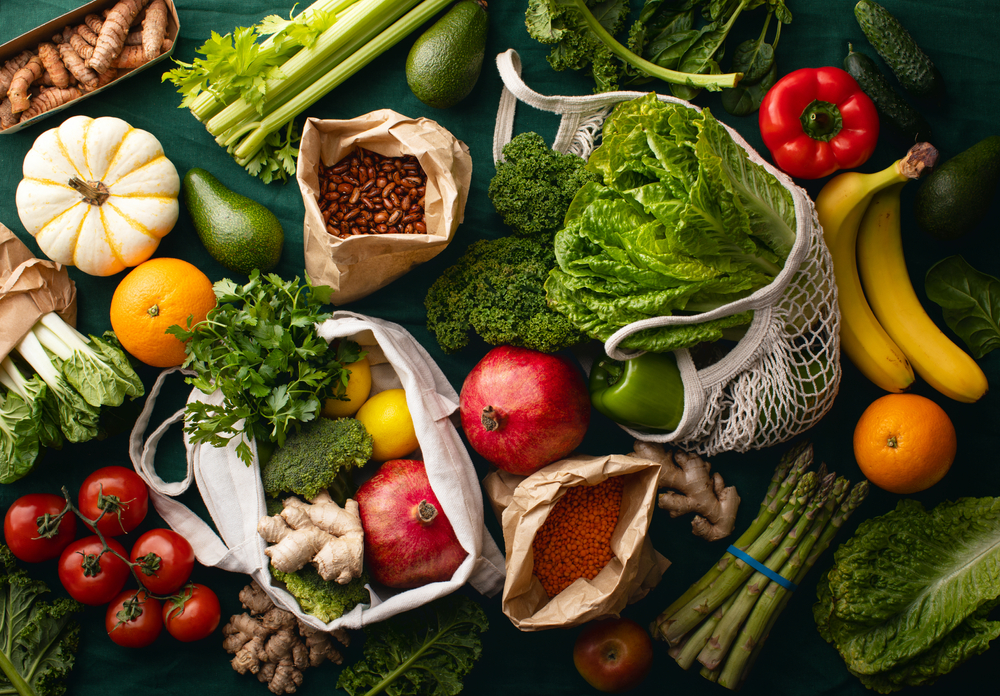
Local produce has a smaller carbon footprint since it requires less transportation than imported items. Shopping at farmers’ markets or buying from local farms supports regional agriculture and keeps money within the community. Local fruits and vegetables are often fresher and don’t come with the plastic packaging seen in many supermarkets. By choosing local, you’re also supporting sustainable farming practices that are often less resource-intensive. This habit reduces environmental impact and keeps your meals seasonal and fresh.
Embrace a “Meatless Monday”
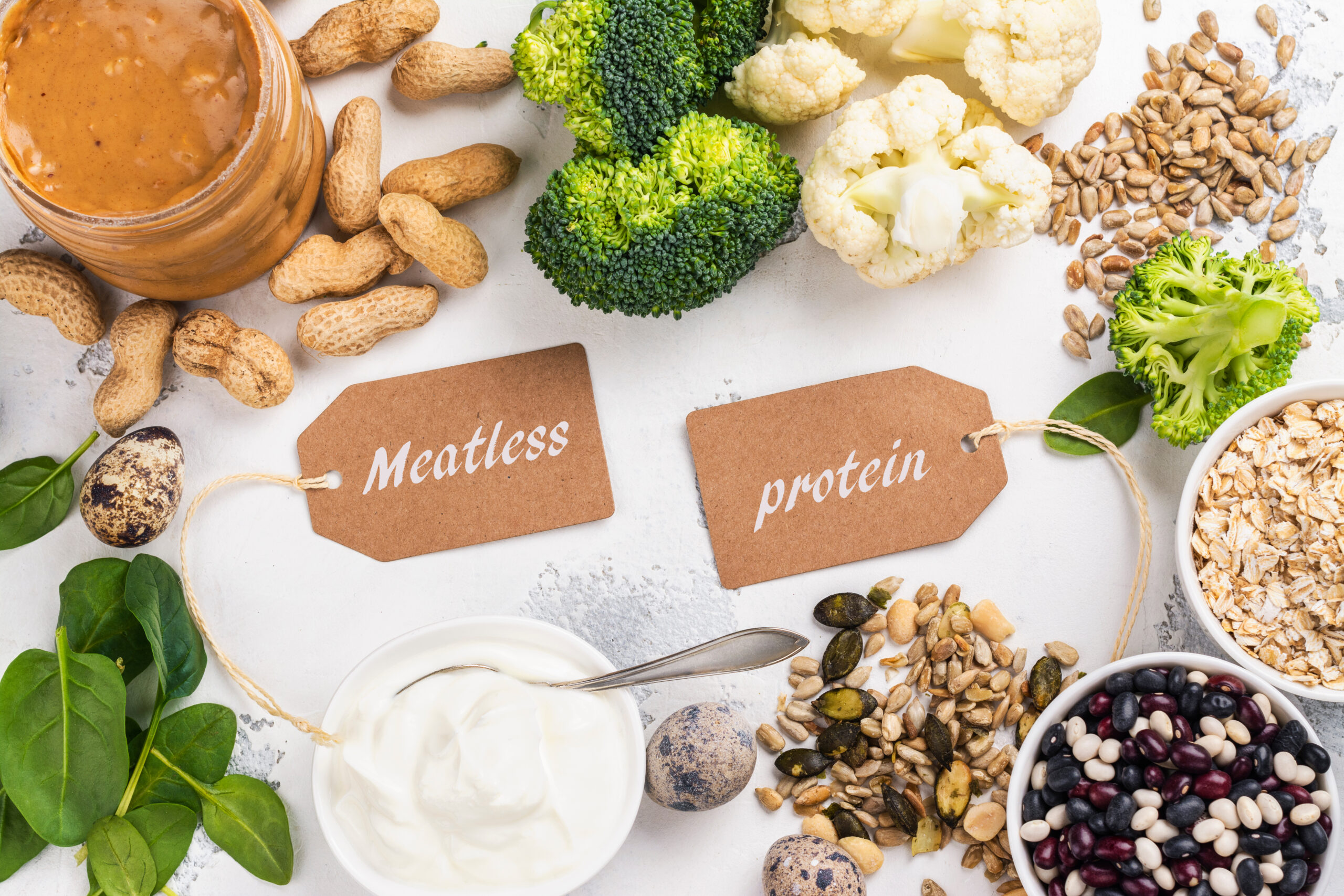
Dedicate one day a week to meatless meals as an easy way to cut down on resource-heavy animal products. This simple change can have a significant impact on your carbon footprint over time. Meatless meals can include delicious options like pasta, grain bowls, and vegetable curries that don’t require meat for flavor. Incorporating this habit into your weekly routine encourages a more varied diet with plenty of nutrients. Plus, it’s budget-friendly since plant-based proteins are often more affordable than meat.
Use Your Cooking Scraps
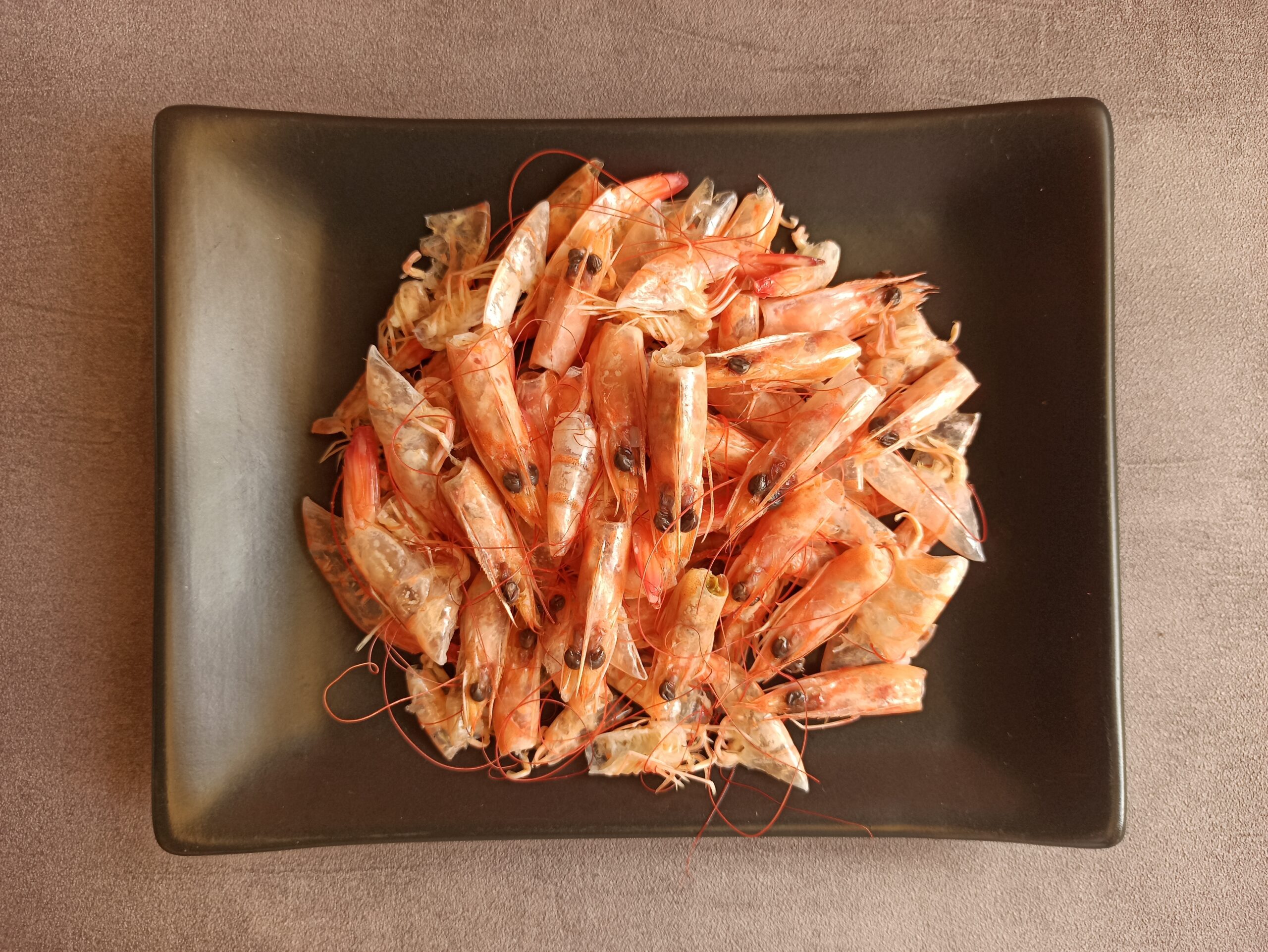
Cooking scraps like vegetable peels, stalks, and bones can be repurposed into stocks or broths for soups and stews. Instead of tossing scraps, store them in the freezer until you have enough to make a flavorful, homemade broth. This practice reduces waste and allows you to make use of every part of the food you buy, maximizing its value. Making stock from scraps is budget-friendly and adds rich flavor to your dishes without extra cost. It’s a small way to reduce waste and add depth to your cooking.
Stick to Your Grocery List
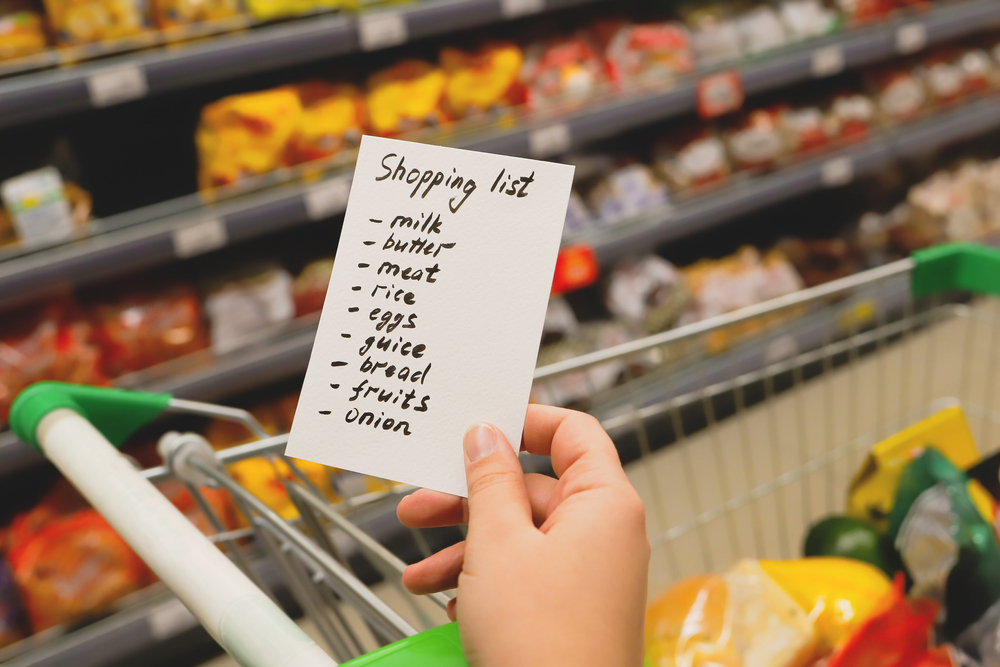
A carefully planned grocery list can help you avoid impulse buys that might end up wasted. Sticking to your list ensures you only purchase what you need, which keeps food waste and costs down. By planning ahead, you’re less likely to buy items on a whim that don’t fit into your meal plan. This method helps you resist marketing tactics in stores and makes your shopping more efficient. Being mindful of your purchases is key to eco-friendly, budget-conscious grocery shopping.
Compost Food Scraps
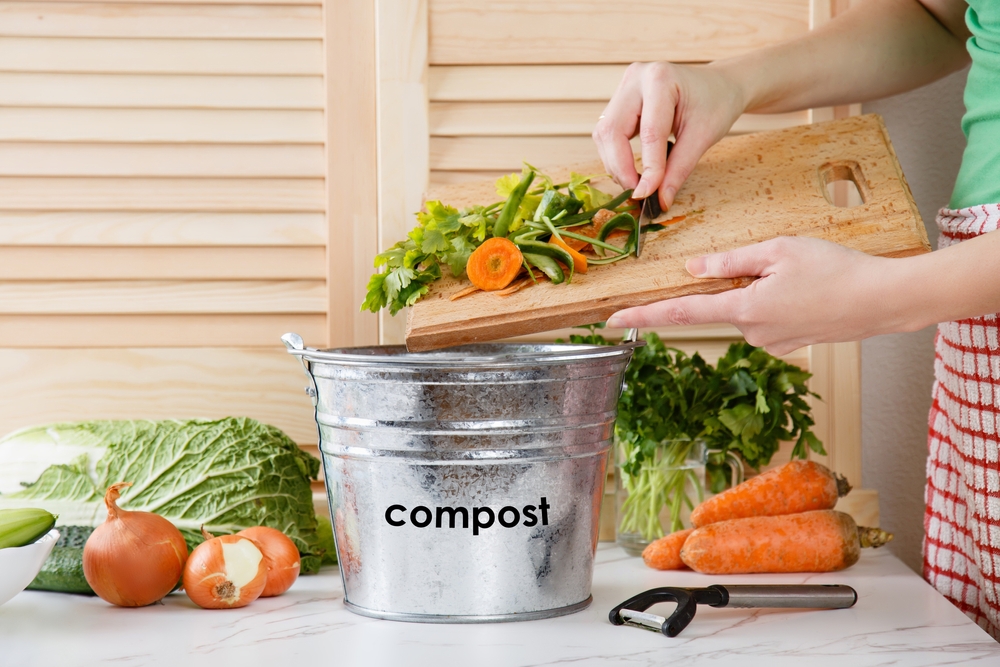
Composting food scraps like vegetable peels, coffee grounds, and eggshells helps reduce the amount of waste sent to landfills. Setting up a small compost bin in your kitchen or backyard allows you to recycle nutrients back into the soil. Composting creates a natural fertilizer that can benefit your garden, if you have one, promoting healthy plant growth. It’s an easy, eco-friendly way to manage food waste and reduce greenhouse gas emissions from decomposing food in landfills. Composting is a simple yet impactful way to contribute to a sustainable lifestyle.
This article originally appeared on RetailShout.
More From RetailShout
14 ALDI Essentials for Stocking Your Freezer
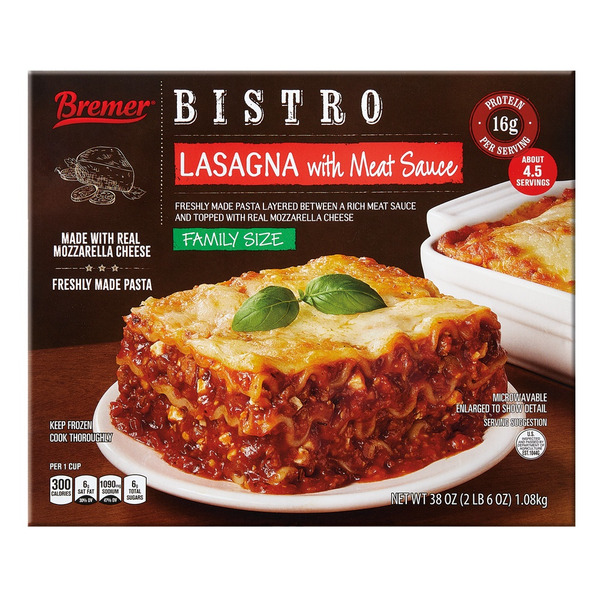
Stocking your freezer with the right essentials can make meal planning easier, save you time, and help you avoid last-minute grocery runs. Aldi offers a wide variety of frozen foods that are perfect for quick meals, snacks, and even desserts. Read More.
Top 11 Weight-Loss-Friendly Frozen Foods at Costco

When you’re trying to eat healthier, frozen foods can be a convenient way to stay on track, especially if you’re on the go. Costco offers a variety of weight-loss-friendly frozen options that make it easy to stick to your goals without sacrificing flavor. Read More.
12 International Foods You Must Buy at Aldi

Aldi is a treasure trove for those who love international flavors without breaking the bank. Whether you’re craving savory Italian pasta or sweet German treats, Aldi’s shelves are filled with delicious global foods waiting to be discovered. Read More.

